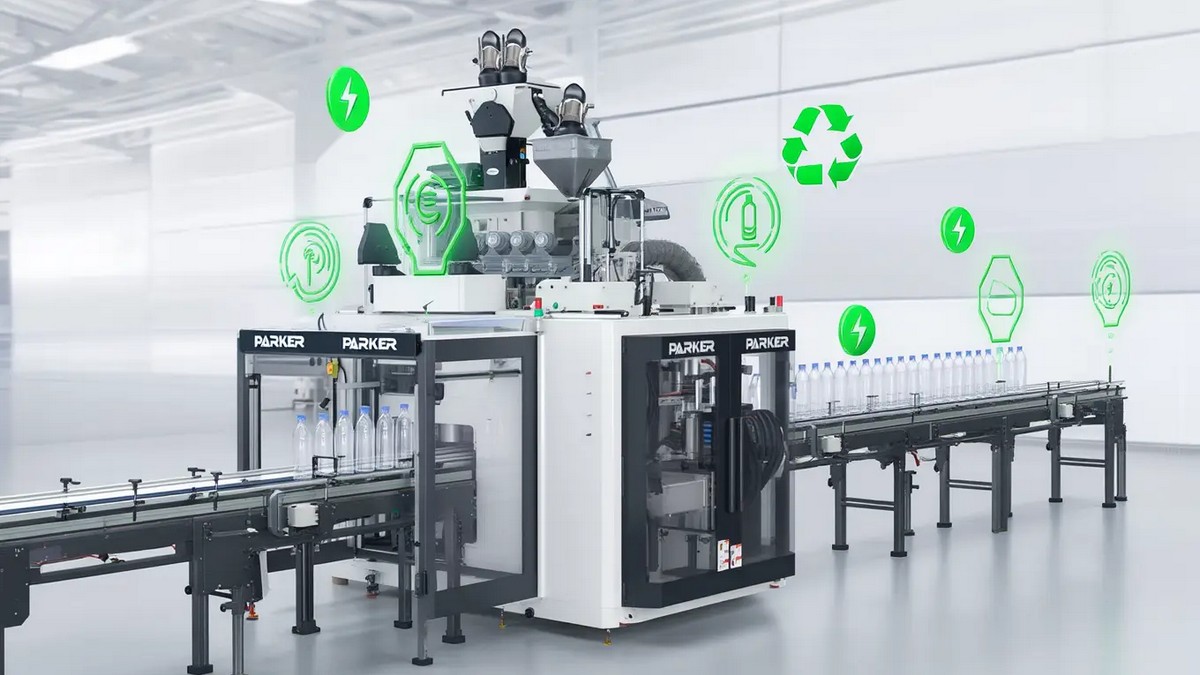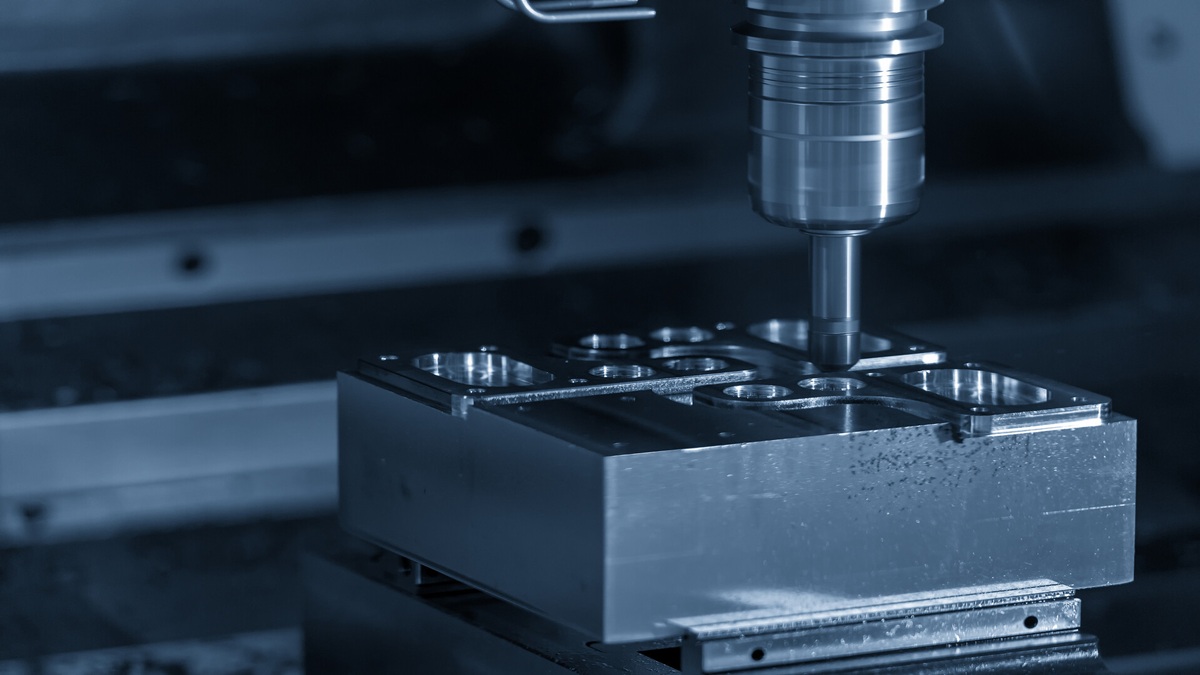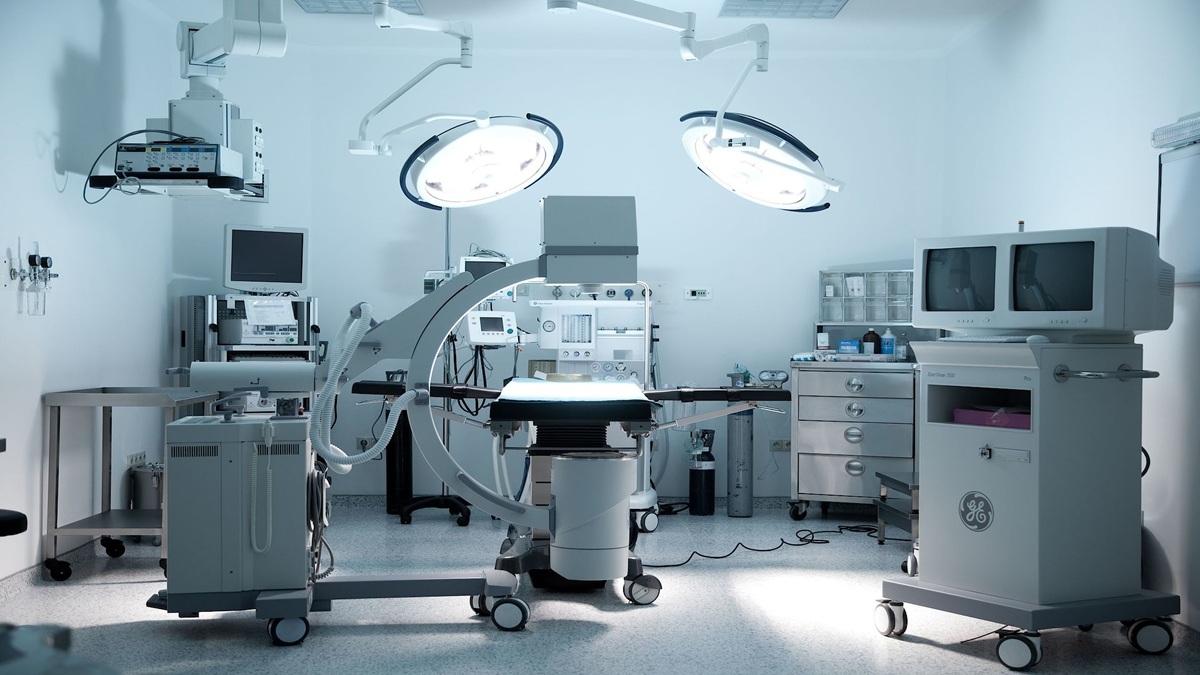Semiconductor peripherals are essential components that complement semiconductor devices, enabling connectivity, power management, data storage, sensing capabilities, and interface functionalities in electronic systems. These peripherals include Printed Circuit Boards (PCBs), Power Supplies, Memory Modules, Sensors, Interfaces/Connectivity Components, and more. We will look at five of these peripherals to gain an appreciation for their function and importance in semiconductor technology and manufacturing.
Printed Circuit Boards (PCBs): The Backbone of Electronic Systems
At the core of electronic devices, PCBs serve as the foundation for integrating and connecting electronic components. These boards consist of layers of non-conductive substrate material (e.g., fiberglass, epoxy) with copper traces etched on the surface to create electrical pathways. Semiconductor components such as ICs, resistors, capacitors, and connectors are mounted on PCBs using soldering techniques or surface-mount technology (SMT).
Design and Manufacturing
PCBs are designed using Computer-Aided Design (CAD) or Electronic Design Automation (EDA) software, where engineers lay out the circuitry, determine component placement, and establish signal paths. Prototypes are then fabricated to validate the design and functionality before mass production.
PCB fabrication involves etching layers of conductive copper traces onto the substrate, followed by drilling holes for component mounting. A protective layer called a solder mask, typically made of epoxy resin, is applied over the copper traces to insulate them.
Markings which provide important information such as component names, reference designators, part numbers, logos, or assembly instructions are silk screened on the surface of the PCB using a special ink called silkscreen ink. This information is helpful during the assembly, testing, and maintenance of electronic products, as it facilitates component placement and troubleshooting.
Components such as resistors, capacitors, integrated circuits, and connectors are soldered onto the PCB, either manually or through automated processes like Surface Mount Technology (SMT) or Through-Hole Technology (THT).
PCB Options
A variety of advanced PCBs have been designed which incorporate unique features for specific applications. Here are some of the many options available in PCBs.
FPC-Flexible Printed Circuit. FPC is a special kind of PCB which is light, thin, soft and flexible. It is mainly used in smartphones, notebooks, smart wearable devices and many other products.
SLP-Substrate-Like PCB. SLP is the "next generation of PCB". It uses a substrate which is closer to that of IC substrates used for semiconductor manufacturing.
HDI- High Density Interconnect PCB. HDI PCBs use advanced manufacturing techniques to place more components and interconnects in a smaller area, achieving a higher wiring density. They often incorporate multiple layers of conductive traces and vias, allowing for complex routing and interconnections between components. The use of microvias and stacked vias enables connections between adjacent layers, minimizing the space required.
RPCB- Rigid PCB. RPCB is made of non-flexible base material which is fixed to the casing of a device, providing firm support for electronic components.
Power Supplies: Enabling Efficient Power Management
Power supplies are vital for converting electrical energy from a source (AC mains, batteries, etc.) into the required voltage, current, and frequency for electronic devices. They ensure stable and reliable power delivery, which is essential for the proper functioning of integrated circuits and other components. Power Supplies include AC-DC converters (rectifiers), DC-DC converters, voltage regulators, and battery management systems.
Key types of power supplies include:
Linear Power Supplies
These provide a steady output voltage but are less efficient and bulkier compared to other types. Linear power supplies generally produce less electrical noise and ripple compared to switching power supplies. While less common compared to their switching counterparts, they can sometimes be more cost-effective, especially for basic voltage regulation tasks.
Linear regulators dissipate excess voltage as heat, resulting in energy wastage, especially when the voltage drop across the regulator is substantial. They are typically limited in their voltage regulation range and may not be suitable for applications requiring wide input/output voltage differentials. They are generally not suitable for high-power applications due to their lower efficiency and higher heat dissipation.
Switched-Mode Power Supplies (SMPS)
Switched-Mode Power Supplies (SMPS) have become widely used in various electronic applications due to their efficiency and versatility. They achieve this efficiency by switching power transistors on and off at high frequencies, reducing energy loss and heat dissipation.
Advantages
High Efficiency: Due to their high efficiency and reduced heat generation, SMPS can be designed with smaller heat sinks and components, leading to a more compact and lightweight design compared to linear power supplies.
Wide Input Voltage Range: SMPS can often operate over a wide range of input voltages, making them suitable for use with various power sources, including batteries, AC mains, and renewable energy systems.
Better Voltage Regulation: SMPS typically provide better voltage regulation compared to linear regulators, maintaining a stable output voltage even with fluctuations in input voltage or load conditions.
Higher Power Handling Capacity: SMPS are well-suited for high-power applications due to their efficiency and ability to handle larger currents and voltage differentials.
Disadvantages
Electromagnetic Interference (EMI): The switching operation of SMPS can generate electromagnetic interference (EMI), which may require additional filtering components to comply with electromagnetic compatibility (EMC) standards.
Complexity: SMPS designs can be more complex compared to linear power supplies, involving multiple stages such as rectification, filtering, switching, and regulation. This complexity may increase design and manufacturing costs.
Potential for Noise and Ripple: Despite their better voltage regulation, SMPS may exhibit higher levels of electrical noise and ripple. Noise is high-frequency electrical fluctuations or disturbances superimposed on the DC output voltage of SMPSs. Ripple refers to low-frequency variations or fluctuations in the DC output voltage of a power supply. It often occurs due to the periodic charging and discharging of capacitors within the power supply circuitry. Proper design and filtering are necessary to minimize these effects.
Higher Cost: While SMPS can be cost-effective in high-power applications due to their efficiency, they may have a higher initial cost compared to linear power supplies, especially for lower power requirements.
Voltage Transients: SMPS may produce voltage transients during switching transitions, which could affect sensitive electronic components if not properly managed.
Overall, SMPS offer significant advantages in terms of efficiency, size, and power handling capacity, making them suitable for a wide range of electronic devices. However, designers must consider factors such as EMI, complexity, and cost when selecting SMPS for specific applications.
Uninterruptible Power Supplies (UPS): UPS systems provide backup power during outages, preventing data loss and ensuring continuous operation. UPS units often include voltage regulation features, stabilizing the output voltage and protecting connected devices from voltage fluctuations, surges, and sags.
Memory Modules: Enhancing Data Storage and Retrieval
Memory Modules store and retrieve data for processing by the central processing unit (CPU) and other components. They come in various forms, including DIMMs (Dual In-Line Memory Modules) and SSDs (Solid State Drives), offering different capacities and access speeds.
DRAM (Dynamic Random-Access Memory), and SRAM (Static Random-Access Memory) provide volatile memory storage for fast data access and processing. Volatile memory requires power to maintain the stored data, so when power is turned off or lost, the data stored is lost. DRAM is slower but offers higher storage density and is commonly used as the main memory in computers. SRAM is faster and used for high-speed cache memory in CPUs and other applications where speed and low-latency access are essential.
NAND Flash, NOR Flash, and EEPROM (Electrically Erasable Programmable Read-Only Memory), offer non-volatile storage for program, file, and data storage. Non-volatile storage retains data even when power is turned off or lost.
Special features often incorporated into advanced memory modules include error correction codes (ECC) for data integrity, wear leveling algorithms in SSDs to prolong lifespan, and encryption for data security.
Sensors: Enabling Environmental Monitoring and Control
Sensors detect and measure physical, chemical, biological, and environmental parameters, providing critical data for monitoring and control applications. Common sensors include temperature sensors, pressure sensors, humidity sensors, motion sensors, light sensors, gas sensors, and biosensors. Semiconductor-based sensors utilize various principles such as resistive, capacitive, piezoelectric, photonic, and chemical sensing mechanisms to detect changes in environmental conditions. Sensor data is processed by microcontrollers and communication interfaces for real-time monitoring and feedback. Advanced sensors may feature digital outputs, calibration algorithms, self-diagnostics, and wireless connectivity for IoT and smart sensor applications.
Interfaces and Connectivity Components
Interfaces and connectivity components facilitate communication and data exchange between electronic devices, peripherals, and networks. These components include connectors, cables, transceivers, and wireless modules, supporting protocols such as USB, Ethernet, HDMI, Bluetooth, and Wi-Fi.
Modern interfaces and connectivity components often incorporate features like USB Power Delivery (USB-PD) for fast charging. Ensuring compatibility with industry standards and protocols is essential to enable seamless connectivity across devices. Additionally, supporting high-speed data transfer rates for multimedia streaming, file sharing, and real-time communication promotes interoperability and versatility.
In conclusion, semiconductor peripherals form the essential building blocks of modern electronics, enabling connectivity, functionality, and innovation across a wide range of applications. Ongoing advancements and new applications will ensure that semiconductor peripherals continue to drive the next generation of interconnected devices and systems.









.jpg)
.jpg)


.jpg)
